By now you’ve probably noticed the audacious review score. I already smell your skepticism. It’s basically an unspoken rule of the internet never to give anything a perfect rating. Rest assured in knowing that the decision to give Planet Coaster a 10 did not come lightly.
Is it a perfect game? Absolutely not. Just like any other game out there, it has its flaws. If perfection were the basis of a high review score, nothing would ever receive a 10/10. If you’re still skeptical, please take a moment to familiarize yourself with our rating system before moving on.
Park Simulation and Management
At the end of the launch trailer — just after the Planet Coaster logo — the slogan ‘Simulation Evolved’ flashes across the screen. While the simulation and park management are great, they may as well be considered flaws when measured up to the rest of the game.
Frontier dedicated a lot of time developing what they call the ‘Guest Brain.’ Essentially, each guest acts like you’d expect a person would — or rather, a person who is physically incapable of carrying out any delinquent acts besides littering.
As far as gameplay goes, this does little more than add some RNG to spice your guests up. Some guests are more likely to vomit. Some guests prefer burgers over hot dogs. Some guests prefer thrilling rides. Mush all of this together into crowds of hundreds or thousands of guests, however, and you get something resembling a hive mind. It feels like everybody wants the same thing.
Branching out and fulfilling all of the guests’ needs and desires is the only real difficulty hump in Planet Coaster. The simulation falls into a lot of the same pitfalls that Cities: Skylines‘ does. Once you have a sustainable amusement park, money is never an issue. All you need is a healthy variety of attractions and the appropriate staff to keep your park running.
Harder Career mode maps and Challenge mode difficulties do provide a moderate challenge — especially for players who are new to simulation games. (If you are struggling, check our some of our park management tips and tricks.) If you play simulation games for the challenge of managing your own mini empire, though, then this isn’t the game for you.
Challenge mode is where you can play with money and research on any of the five Sandbox mode maps. You may choose from three difficulties. Each of these difficulties affects how much money you start with, how easy it is to make your guests and staff happy, how long and how much it takes to research, and how often rides break down.
Instead of challenging you, Career mode feels more like it’s naturally teaching you the capabilities and intricacies of the game. Each scenario is totally unique in it’s approach to creating a park. One scenario asks you to reach a high Scenery Rating; another wants you to deal with making profits off of shops with low staff morale, and yet another tasks you with constructing a park in a bizarre, craggy environment.
Along with teaching you how to play, Career mode is also an awe-inspiring showcase of what Planet Coaster is capable of if you utilize the creative sandbox tools to their fullest potential.
Creative Sandbox Tools
This is where the heart of Planet Coaster lies. The sandbox and creative tools are so powerful and deep that Frontier really ought to change the game’s slogan to ‘Sandbox Evolved.’ To get an idea of just how hard they knocked it out of the park, let’s overview what the game lets you do.
There is a simple yet versatile Terrain tool that you can whip out any time so long as you’re not in a Career mode scenario that disables it. It’s accurate enough to sculpt with and even create floating islands. It also lets you add water in valleys and trenches.
Placing rides and miscellaneous props is quick and easy. Once you select what you want to place, you can rotate it with Z, adjust the height with Shift, toggle auto terraforming with L, and toggle auto surface positioning with V. (There are even more controls you can discover in our getting started guide.)
You can get even more detailed in advanced placement that toggles on when you press X. You can move and rotate objects around the XYZ planes in advanced placement mode. Clicking the checkmark places the item and — for most props — lets you drop duplicates on the same plane for precision placement. Pressing M returns you to regular placement mode.
Frontier lets you piece together your own buildings in Planet Coaster using a square grid. Of course, there are round pieces, too, and you can customize the grid itself, leaving you with near-endless building possibilities. You can save any buildings you’re proud of as a blueprint for use in any of your maps.
The coasters, tracks, and paths are all simple and intuitive to lay down. Coasters each have different track specifications, meaning each coaster is capable of different banks, turns, loops, and other crazy stunts.
Everything I just mentioned has insane customization options that allow for an incredible level of precision. Chances are if you start thinking “I wish I could …” you likely already can. Start digging through the different tabs of the UI menus and you’ll eventually find it. The level of customization here is unreal.
Go ahead, change the color of all your rides to match. Edit the speed of your tracks and set up triggers to build yourself a dark ride. Want to create a plaza? No sweat, just switch paths to grid mode and go to town. You name it; Planet Coaster‘s probably got it.
The creative sandbox tools Frontier has on display are simple to use and as deep as the Mariana Trench. Every time I launch the game I discover new customization options and menus that I simply turned a blind eye to before. It really feels like there are infinite possibilities for creating a park that’s truly your own. No other simulation game even comes close.
To tie an already near-perfect system together, you can download and use blueprints that other players have uploaded onto the Steam Workshop. You can even download maps to explore. With so much inspiration to draw from and deep sandbox tools at your disposal, there’s almost nothing you can’t build.
Graphics and Audio
Frontier did a phenomenal job with the graphics and animations. They stuck with an incredibly expressive aesthetic that shines through in the people that populate your park — guests and staff alike.
The people in Planet Coaster are animated in a way that always tells you how they’re feeling. It’s almost cartoonish but keeps a touch of realism that sucks you in and makes you believe in the park you’re creating.
The sound effects and music only further the expressive, happy-go-lucky attitude the game carries. The people even speak in a comprehensible language — although we have no idea what they’re saying, yet, as the Learn Planco section of the game’s official website has yet to be unveiled.
The music is pretty top notch, too. It just feels good to listen to. The theme song is catchy, and I find myself whistling it everywhere I go. I’ve yet to hear a song that I don’t like, and I can’t see myself getting worn down on the official soundtrack anytime soon.
Planet Coaster – Verdict
Simulation games have never seen this level of creative freedom before. If you’re a fan of both Sandbox and Simulation genres, Planet Coaster is a must play. Even if you’re only a fan of Sandbox games, you’re likely to get dozens or even hundreds of hours of enjoyment out of it.
On the other hand, park management and simulation is pretty par for the course. It’s enjoyable, but if you’re looking for something fresh or challenging, this isn’t it.
At its core, Planet Coaster is an amusement park sandbox game through and through.
Review copy provided by publisher.

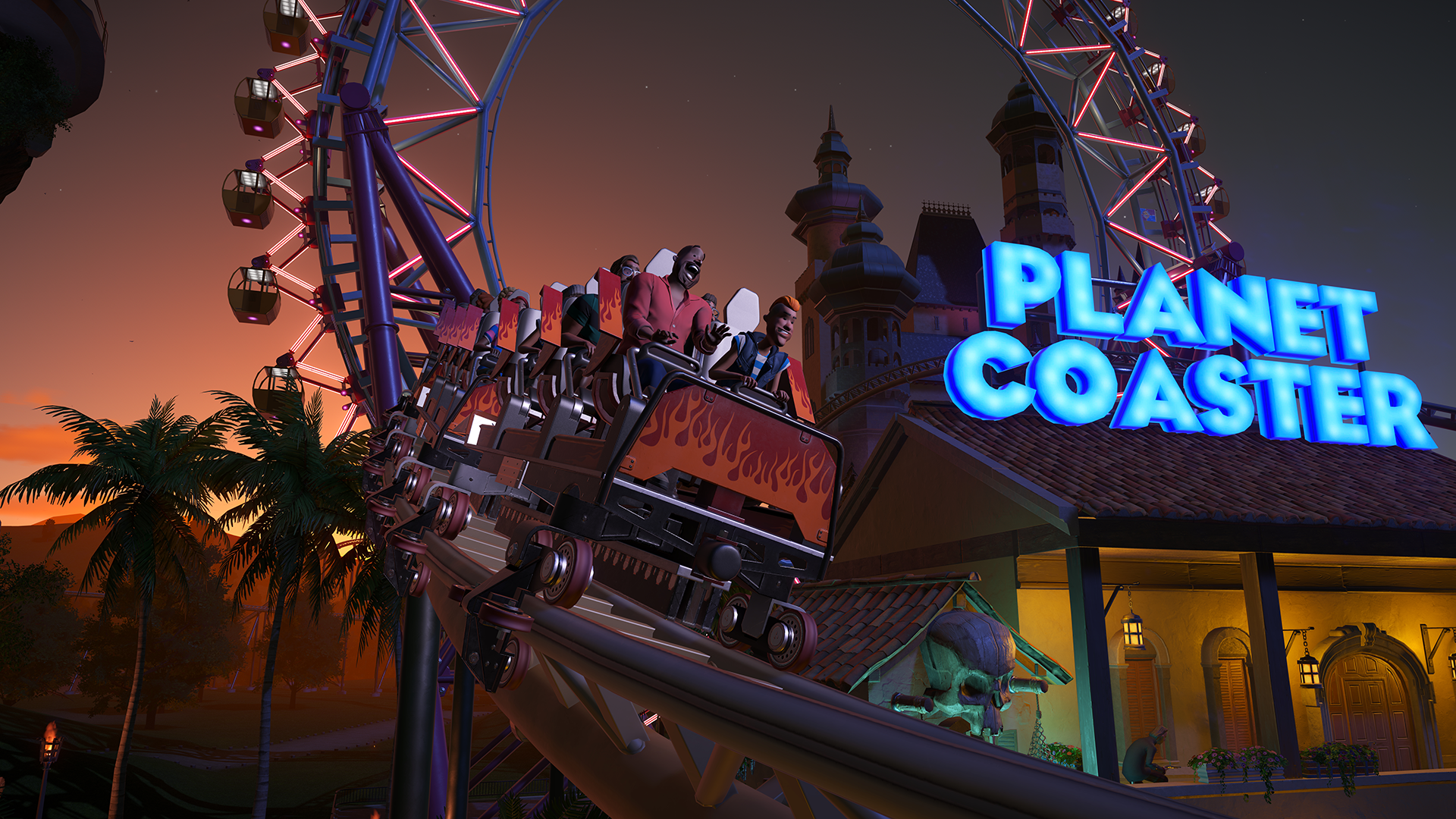
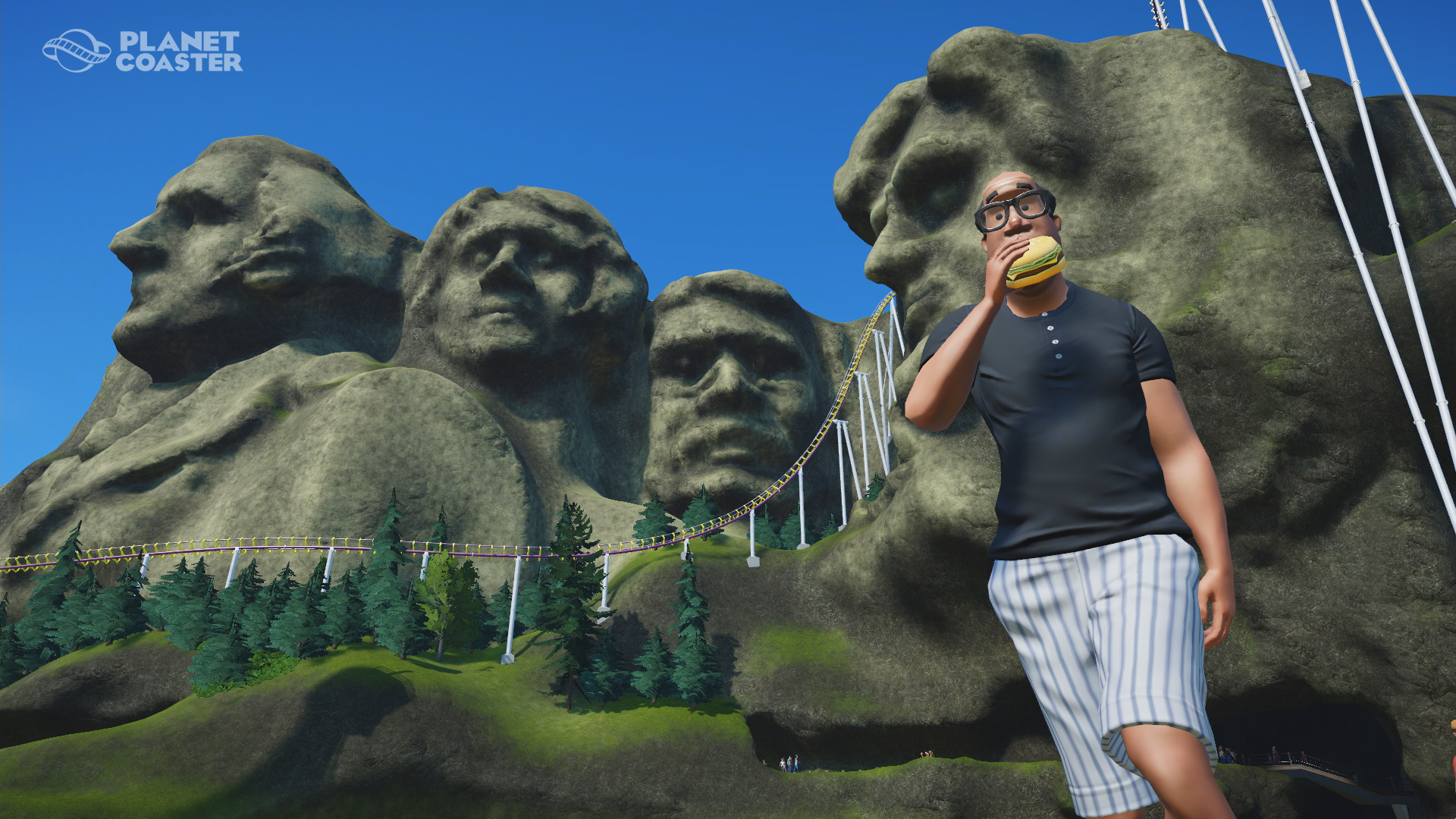
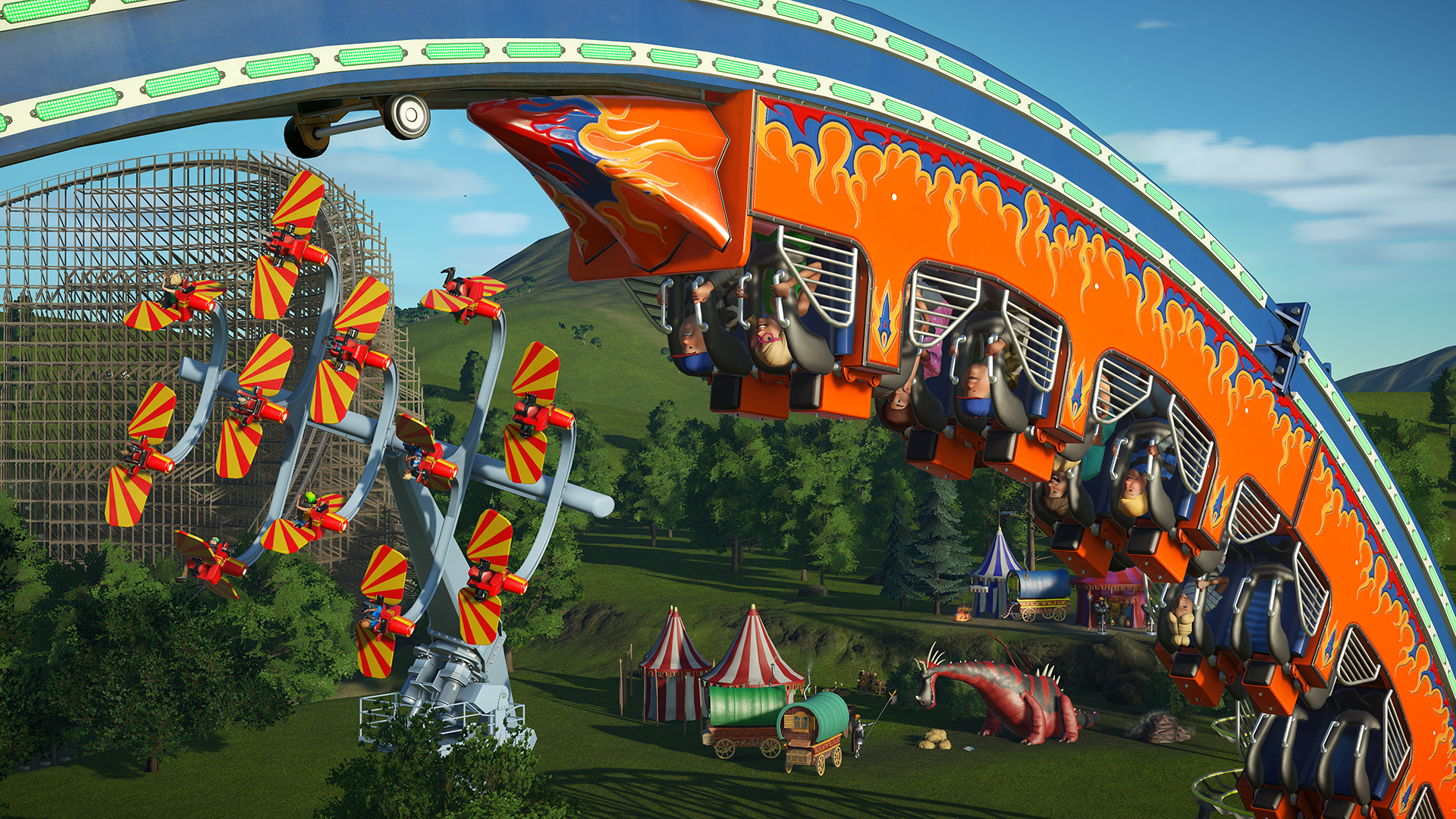
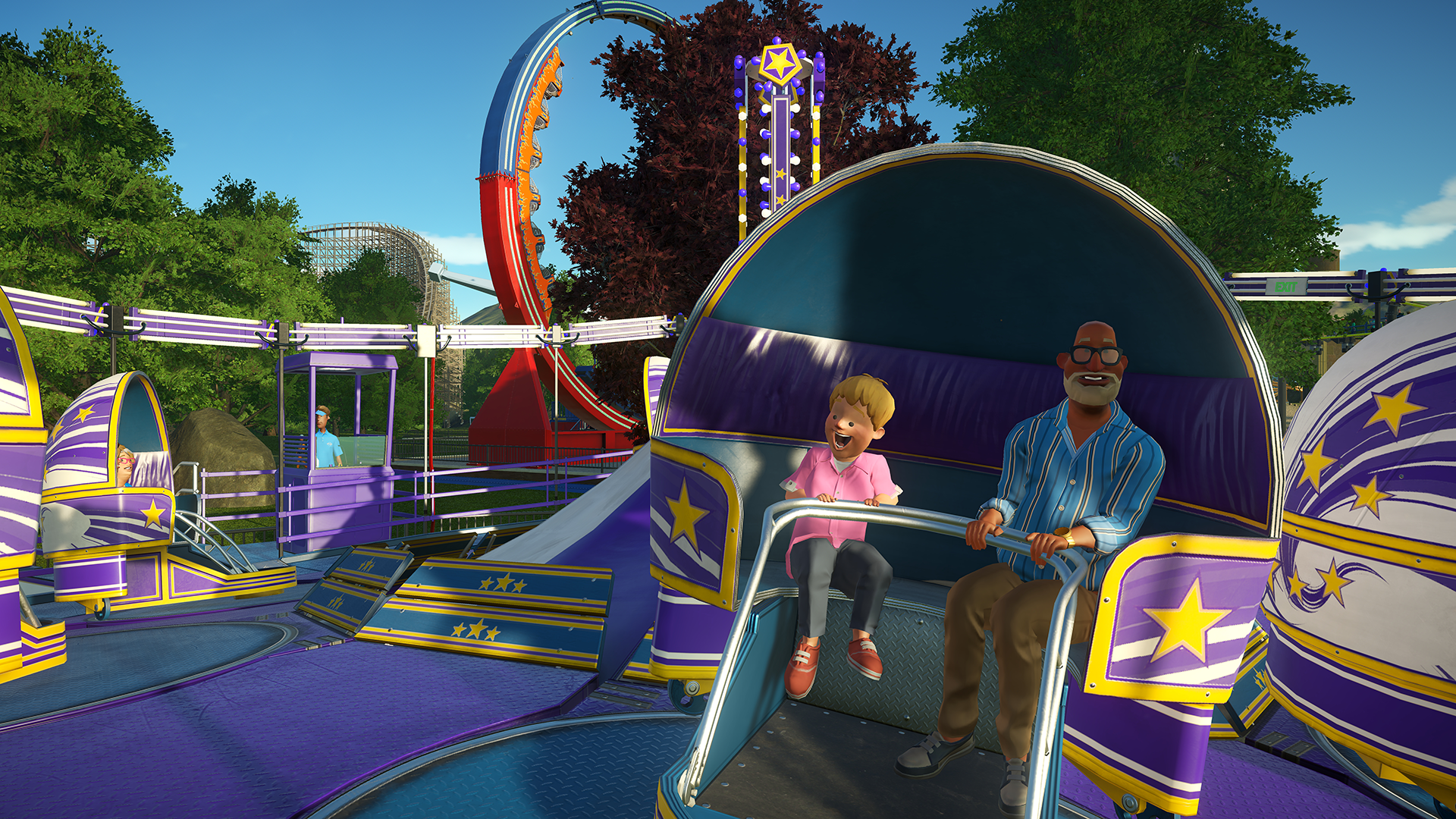
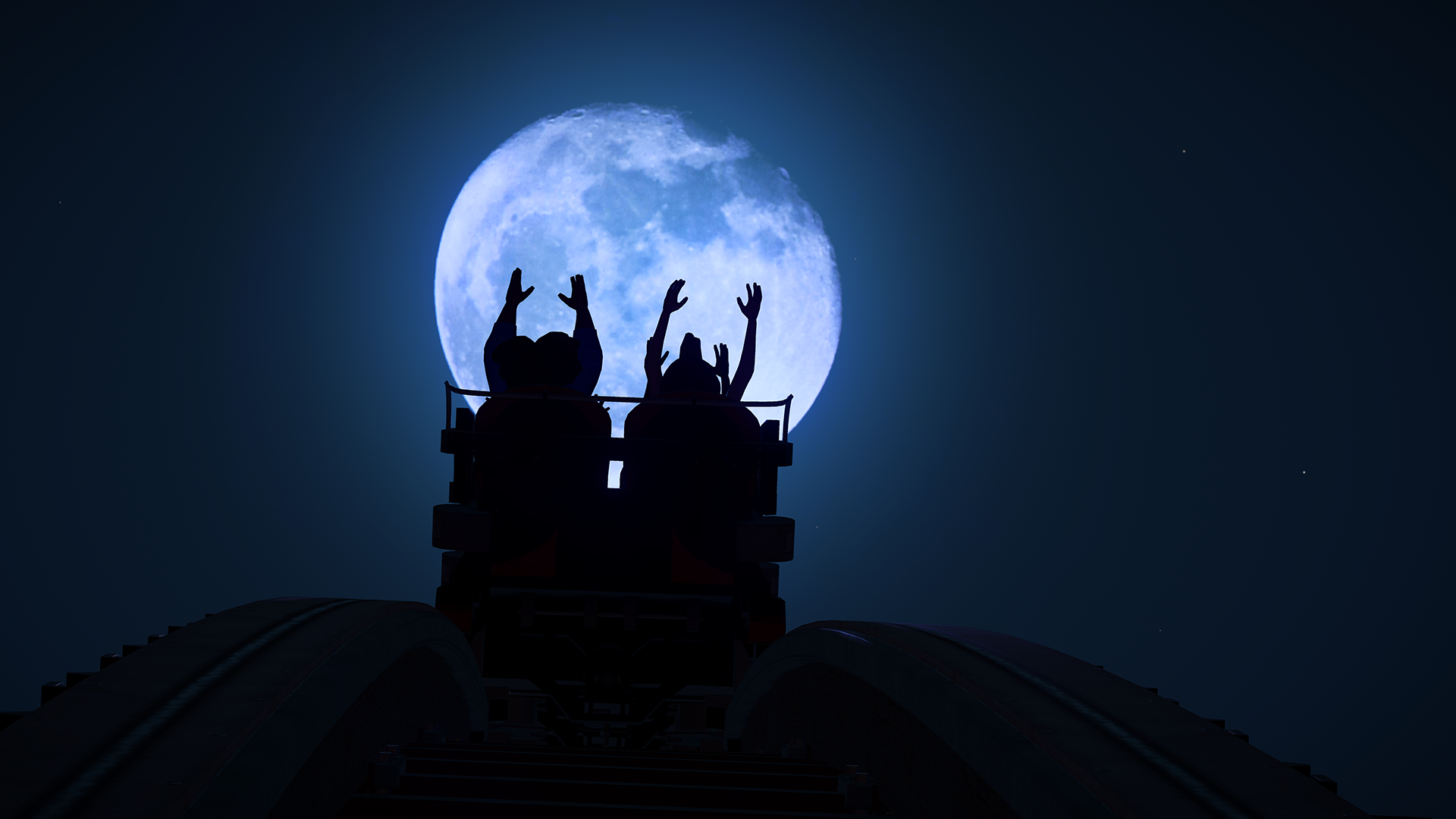





Published: Nov 18, 2016 11:53 am